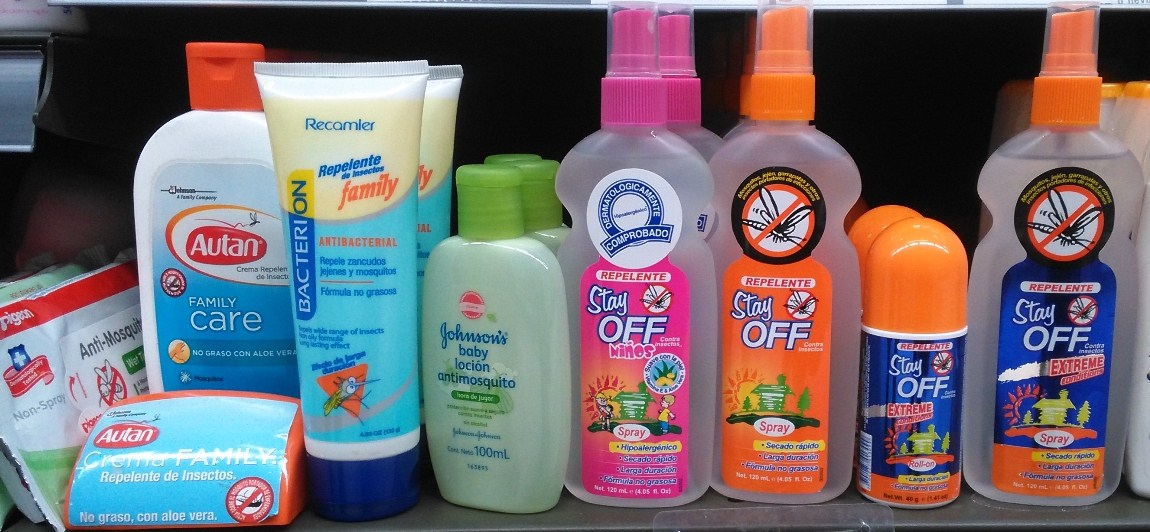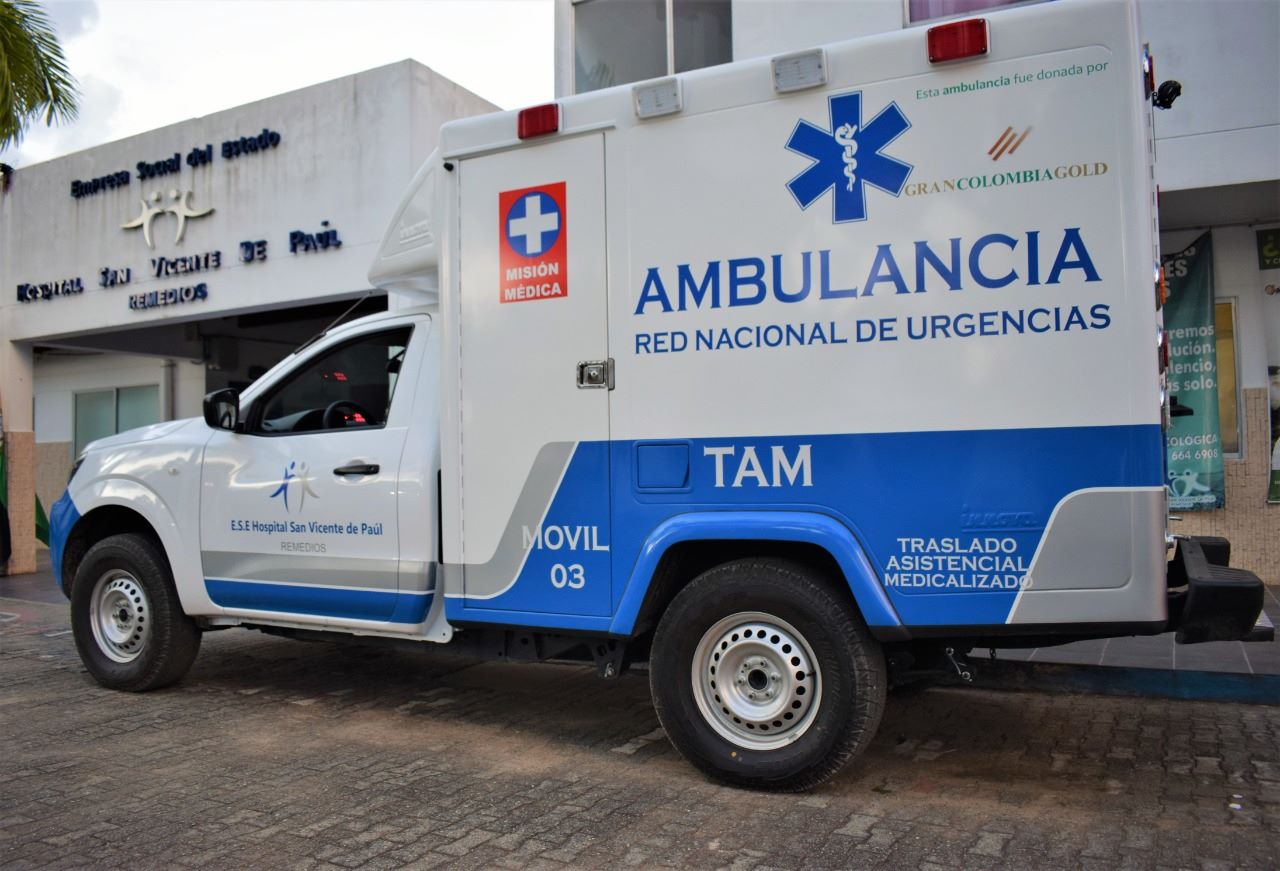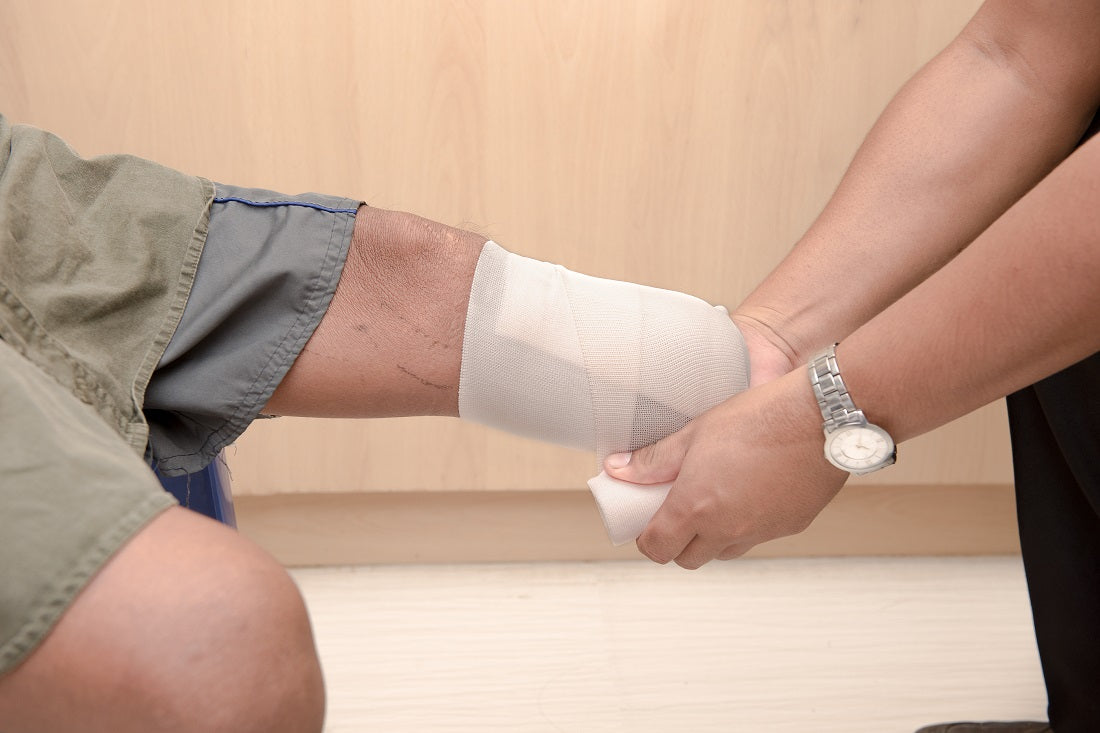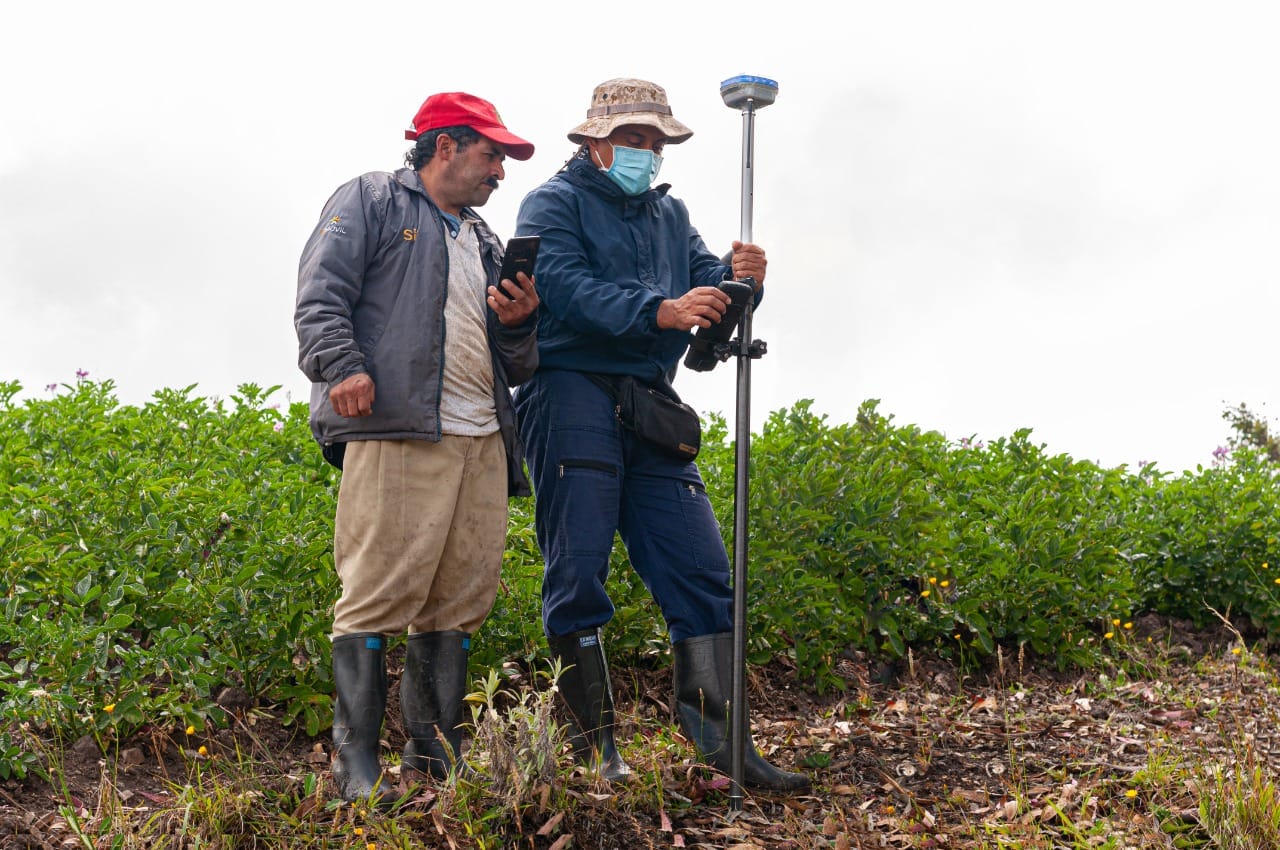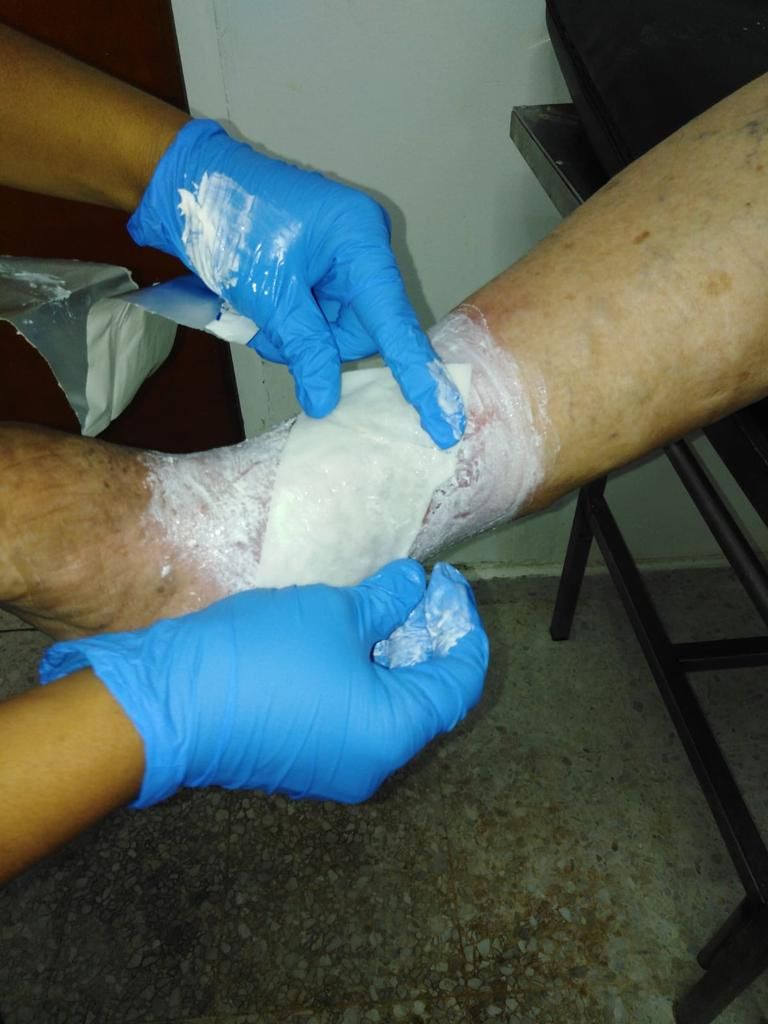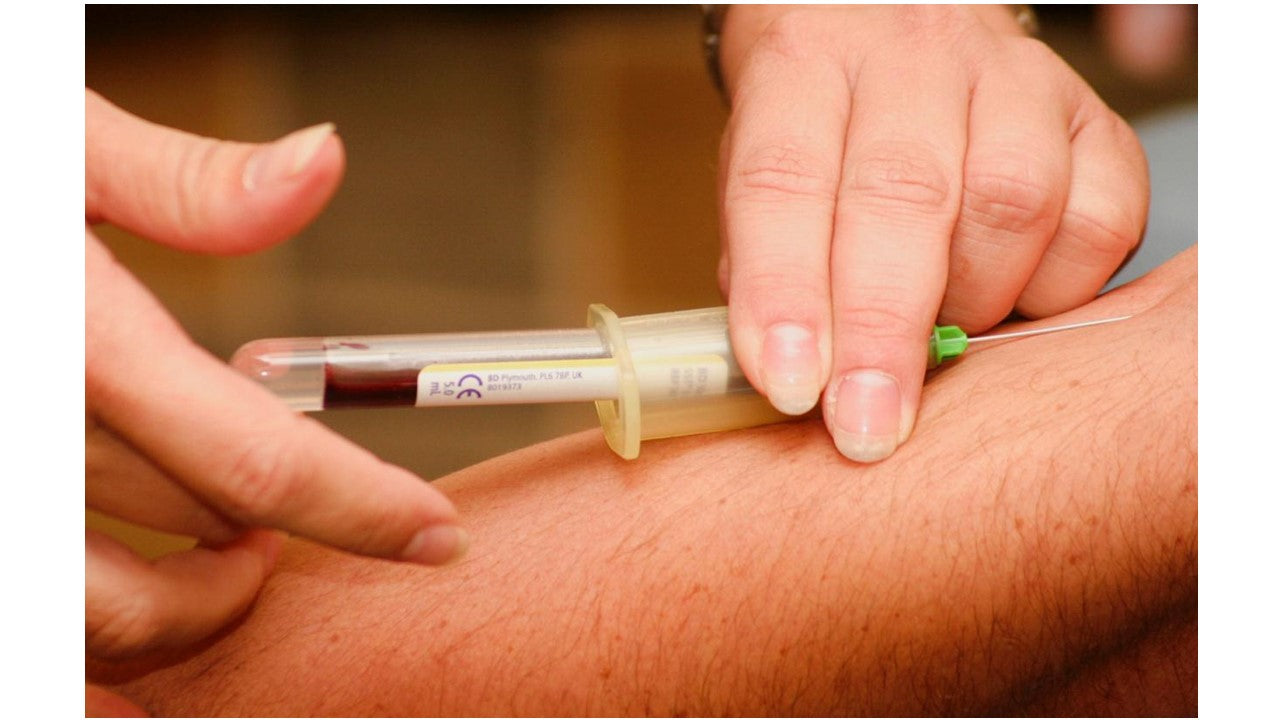
- 29 Apr 2023
Inappropriate insect repellents can cause serious problems in children
According to the World Health Organization, WHO, one of the main factors in the prevention and control of chikungunya is based on the application of repellents with IR3535, DEET or Icaridin components, strictly respecting the instructions for use of the product. [1] However, depending on the user's age of application, the type of repellent that should be used may vary. An unsuitable repellent can cause serious health problems for humans, especially children and older adults.
According to Dr. Paola León, specialist in plant pharmacology at the National University and the Juan N. Corpas University Foundation, “the three repellents approved by the WHO have different indications and characteristics that in many cases are not taken into account at the time of purchase of a repellent.
It is extremely important to learn to recognize the appropriate components of repellents on product labels in order to identify whether they are safe or not when applying them. Below you will find a list of the components approved by the WHO, how to correctly identify them on the labels of the different repellents, what uses, advantages and disadvantages each of them has.
Indications of the components
- IR3535 [2]
- DEET
According to the WHO, repellents that contain IR3535 are the safest and due to their broad coverage, they can protect people not only from the mosquito that transmits Chikungunya, but also from other insects such as ticks, preventing the spread of other diseases.
Repellents that have this component can be used by children, older adults and all populations; they are even the only repellents approved in some natural parks because they do not have any toxic effects and have a high safety profile.
They are gentle in contact with the skin, however they must be applied with extreme care in areas such as the face.
The component can be identified on the back of repellent packaging with the word aminopropinate or Ethyl Butylacetylaminopropionate .
Repellents with this component can be applied several times during the day without representing any danger to children, adults and the elderly, but always respecting the number of applications recommended on the packaging.
DEET is characterized by its rapid and efficient absorption, however it must be used in a controlled manner as it can affect the skin and other organs. [3]
According to the FDA [4] and the American Academy of Pediatrics, this component is not recommended for children under 2 months of age.
The AAP (American Academy of Pediatrics) recommends avoiding the use of sunscreens containing the insect repellent DEET on babies, particularly on their hands, as young children may lick their hands or put their hands in their mouths. [5]
According to the United States Environmental Protection Agency - EPA, “after repeated applications it causes tingling, mild irritation and sometimes peeling, causing contact dermatitis and exacerbation of pre-existing skin diseases” 3
According to the HealthLinkBC of the HealthGuide Program of the British Columbia Ministry of Health and the Canadian Ministry of Health, for infants between 7 months and 2 years, one application per day can be considered, in a concentration equal to or less than 10%. [6] For children from 2 to 12 years old, it is also recommended to use repellent with 10% or less of the DEET component, without being applied more than three times a day.6 For adults or those over 12 years of age, it is recommended applying repellent containing less than 30% DEET.6
- Icaridin [7]
This component is almost colorless and odorless, as it does not emit strong odors when applied and evaporates quickly when it dries. Although it does not kill insects, it has proven to be an effective mosquito and fly repellent; However, it is toxic to fish.
It requires re-application after 8 hours and extreme care is recommended in areas such as the eyes and hands, avoiding poisoning by this substance; Although it is rare, there have been cases of irritation and inflammation due to this component.
It has been proven that this component is not recommended in high doses, since its excessive use can affect organs such as the kidneys or even reduce people's weight.
What happens to sunscreens that contain repellent ingredients?
“ Sunscreens require two or more applications a day, especially if you are exposed to excessive sweating, the pool or the sea, therefore for this type of products it is necessary to verify that they do not have contraindications in their application as is the case of DEET,” explains Dr. León.
It is crucial to take into account the adverse reactions and contraindications declared by the repellent of your choice. For example, prolonged use of DEET can cause allergic skin reactions such as: anaphylaxis, rash, redness in the application area, erosions or hemorrhagic bubbles on the skin.3
National context and population at risk
According to the National Institute of Health, in Colombia there are more than 213 thousand reported cases of chikungunya [8] . The cities with the highest prevalence are Cúcuta with 26,574 cases, followed by Cartagena with 12,560, Neiva with 14,094 and Sincelejo with 11,208. [9]
According to Dr. León, “the populations that are most at risk are pregnant mothers, patients over 65 years of age and, above all, newborns.” “So far, cases of spontaneous abortions in pregnancies with a few weeks of gestation have been linked to mothers who have been infected by the chikungunya virus. Likewise, thanks to concomitant diseases, such as hypertension or diabetes, older adults can easily become dehydrated or have coronary events,” said the specialist.
1] World Health Organization. Descriptive note N°327. October 2014: http://www.who.int/mediacentre/factsheets/fs327/es/
[2] Interview with Dr. Paola León
[3] United States Environmental Protection Agency - EPA. To see in: http://www.epa.gov/oppfead1/safety/spanish/healthcare/handbook/Spch8.pdf
[4] US Food and Drug Administration
[5] American Academy of Pediatrics: http://www.fda.gov/ForConsumers/ConsumerUpdates/ucm310252.htm
[6] HealthLinkBC from the BC HealthGuide Program of the British Columbia Ministry of Health . To see in: http://www.healthlinkbc.ca/healthfiles/bilingua/spanish/hfile96-S.pdf
[7] National Pesticide Information Center. Picaridin General Fact Sheet: http://npic.orst.edu/factsheets/PicaridinGen.pdf
[8] Ministry of Health and Social Protection. Press Release # 001 of 2015. http://www.minsalud.gov.co/Paginas/chikungu%C3%B1a-tercera-semana-enero-febrero-tendran-nuevo-pico-casos.aspx
[9] Chikungunya Cases by Municipality. Ministry of Health: http://minsalud.maps.arcgis.com/apps/Viewer/index.html?appid=fccb87b1529543bfa97b281cf6161360


